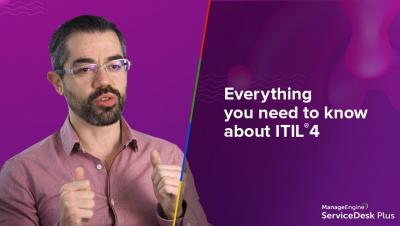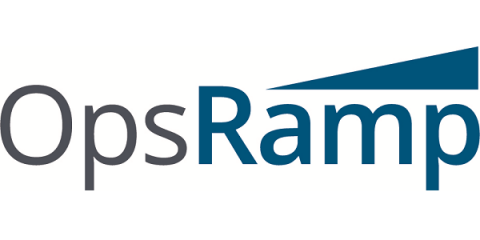Operations | Monitoring | ITSM | DevOps | Cloud
ITIL
What ITIL 4 means for you and your team
Is ITIL Still Relevant in a DevOps World?
Back in the late 1980s, the UK government’s Central Computer and Telecommunications Agency (CCTA) developed a set of recommendations to govern the way private and public sector organizations manage IT with a set of standard practices.
Take your ITIL incident management to the next level with Enterprise Alert
ITIL incident management aims to manage the lifecycle of all incidents. And the simple goal is rapid response and resolution, hence IT uptime, as modern IT is the backbone of a rapidly growing number of processes. Enterprise Alert is the perfect tool to accelerate and mobilize critical parts of the incident management process. It has a significant impact on the effectiveness and efficiency of handling time-sensitive and major incidents.
How to Raise the Bar on the ITIL's Recommendations for Critical Incident Management
According to the ITIL, the framework of best practices for delivering IT services, there is a recommended process flow for how to handle major incidents. Clearly, the IT community would be well served to follow the ITIL’s systematic and professional approach, whose benefits, according to CIO Magazine.
How Samsung does lean ITIL with Jira Service Desk
The IT team at Samsung’s Austin R&D Center had the talent to be successful. Yet, there were bottlenecks getting in the way of their efficiency and productivity. Poor communication, lack of visibility, bad process, and unorganized tools were hampering their ability to support the rest of the organization and realize their full potential. Sound familiar?







